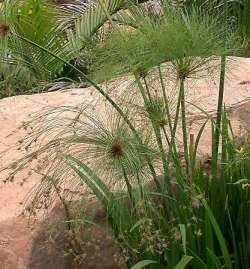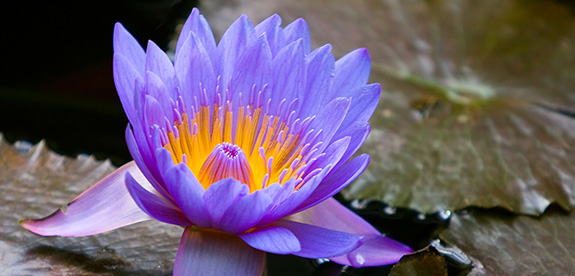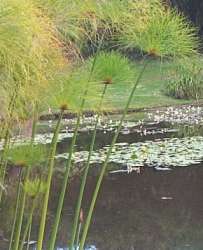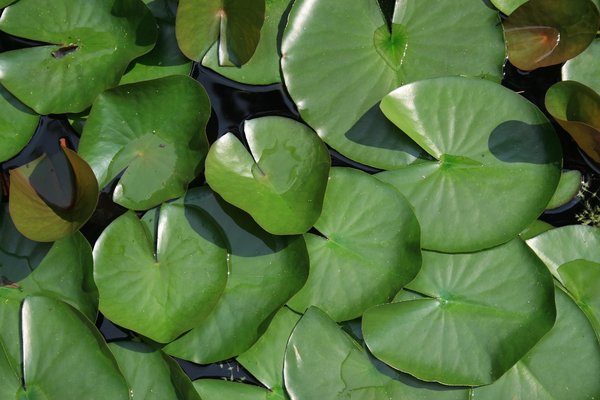Summer Vegetation
This is the Cyperus Papyrus, which is more commonly known as just Papyrus. It tends to grow in swamps or the shallow banks of lakes, and requires full sun. One place it may be seen a lot is along the Nile River and the Nile Delta.
During the Summer this plant has small brown flowers that bloom as well as tiny brown fruit.
During the Summer this plant has small brown flowers that bloom as well as tiny brown fruit.
This is a Sacred Blue Lilly, which is a close relative of the White Lilly, and often grows in the same biome as it. It grows along shallow rivers and parts of swamps. It only blooms during the late summer and will only bloom for three days before sinking into the water.
Winter Vegetation
During the Winter this plant is somewhat active but mostly dormant, and all original growths will usually grow brown and sink down, eventually breaking off entirely. This allows room for the new growths that will come during the Spring.
This is a picture of what Sacred Blue Lillies look like during the Winter. They usually go somewhat dormant, and some of the lilly pads will break down and then re-bloom in the Spring.




